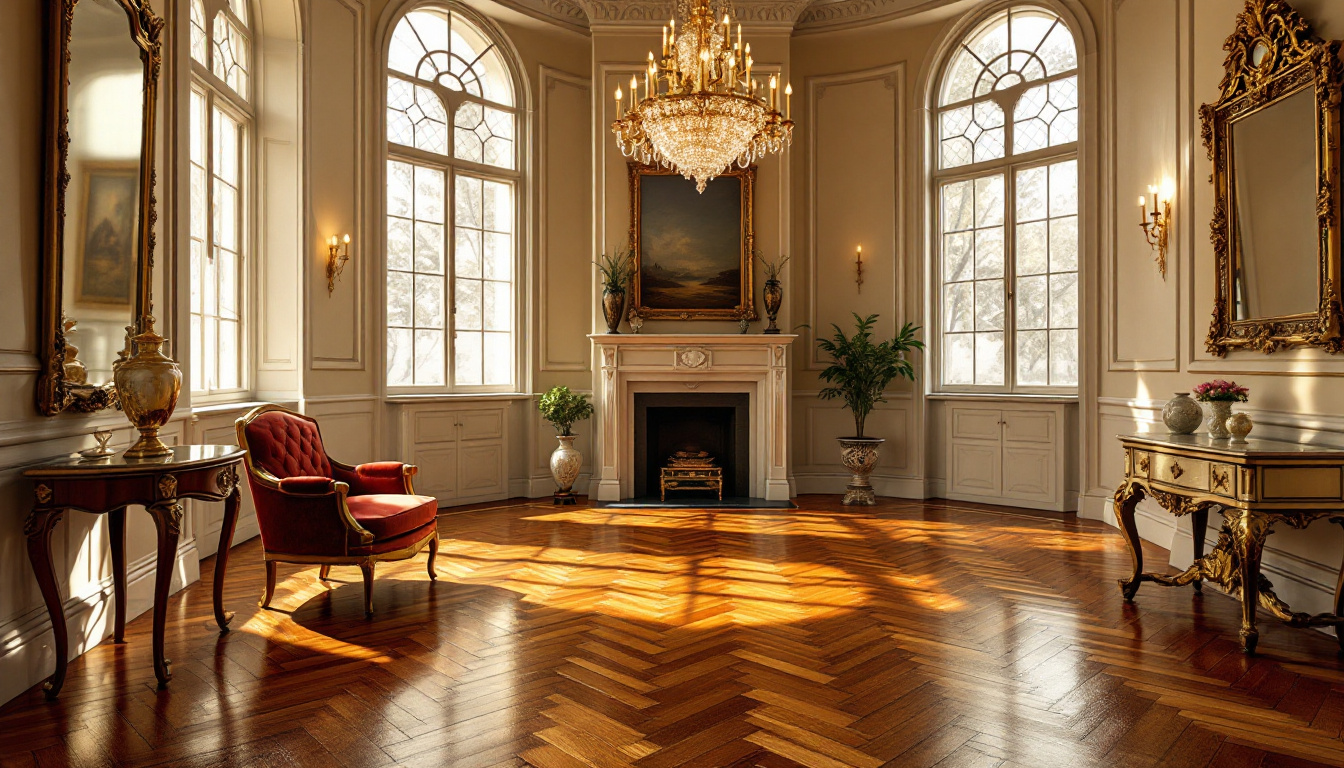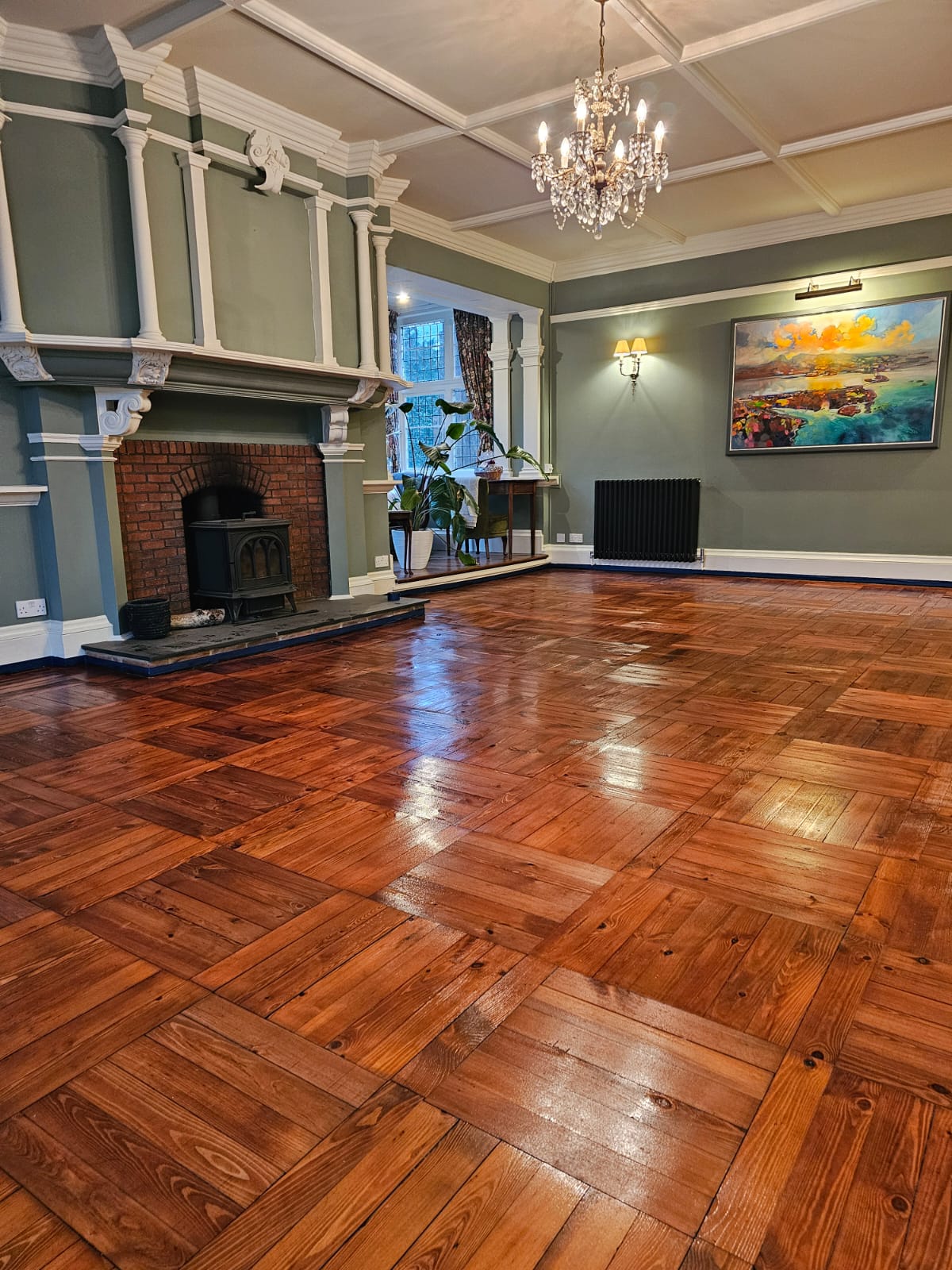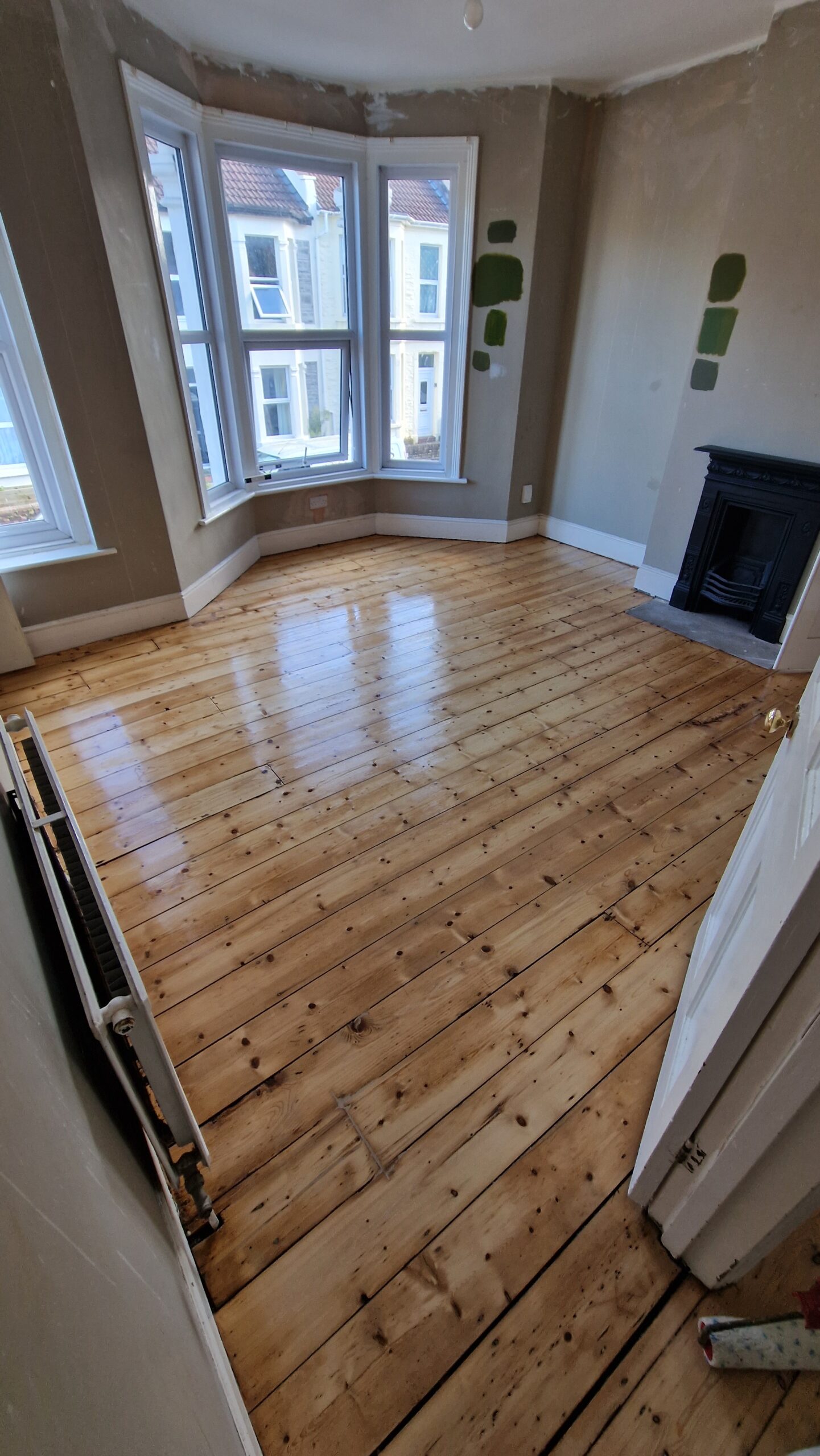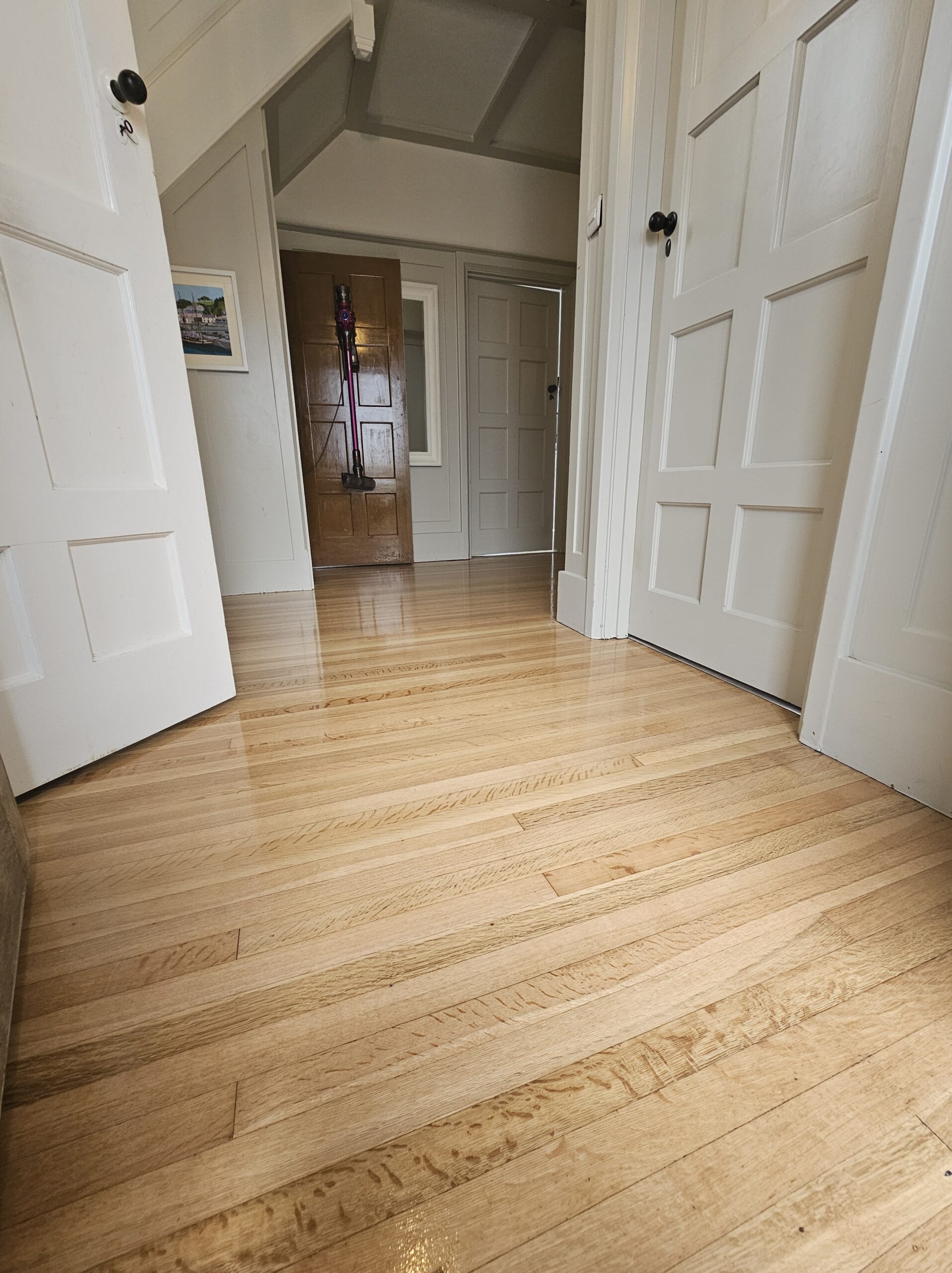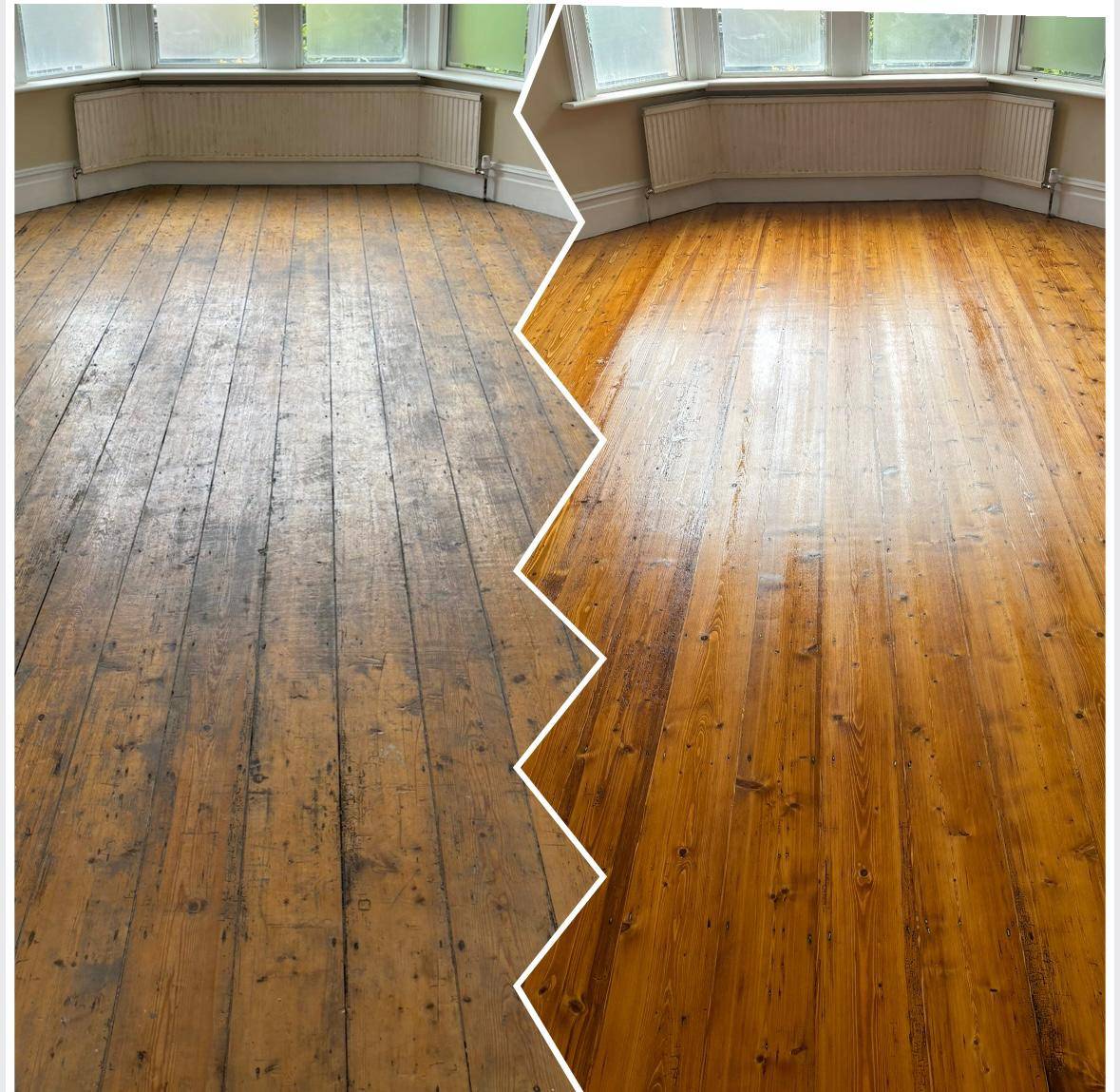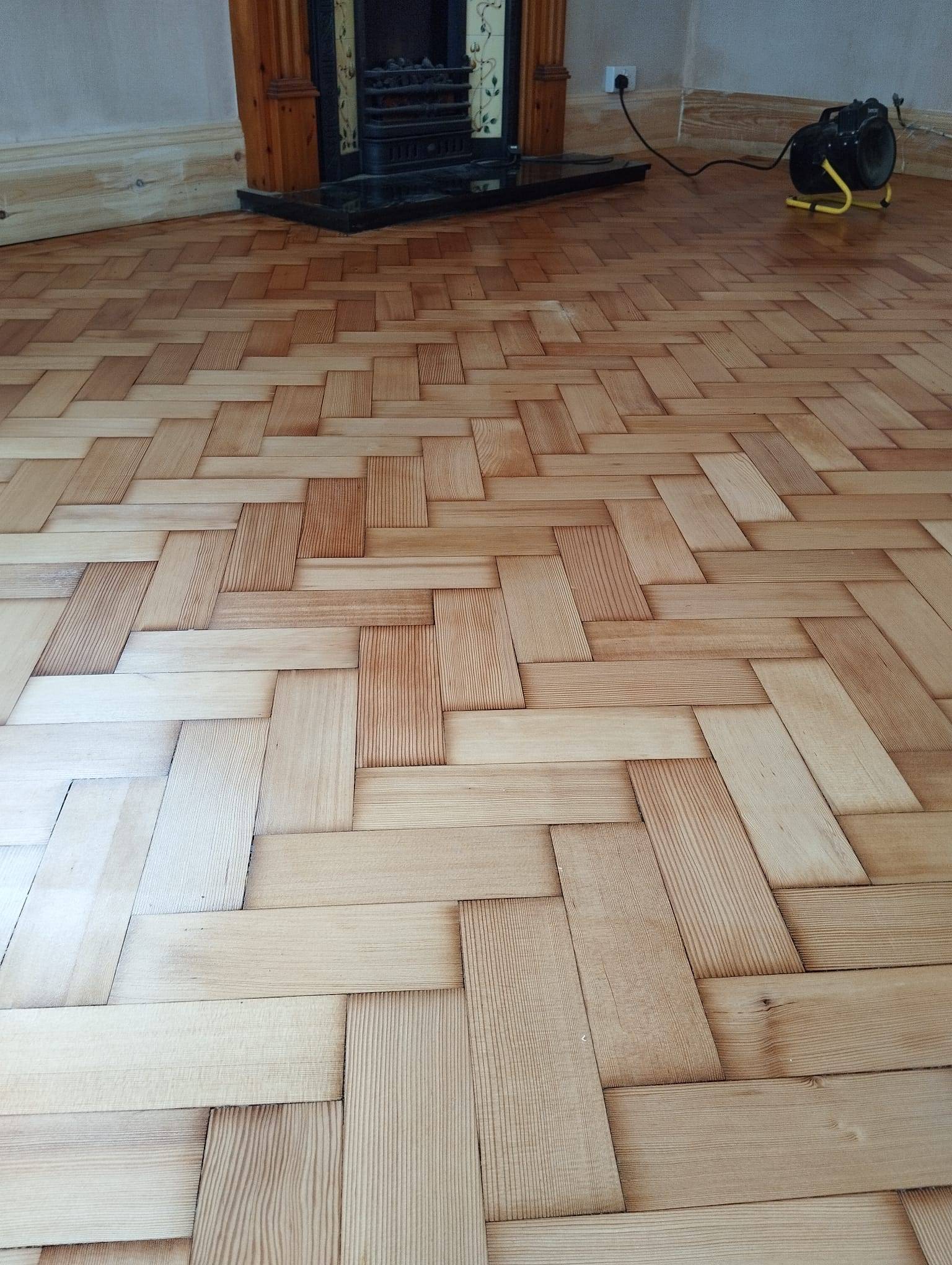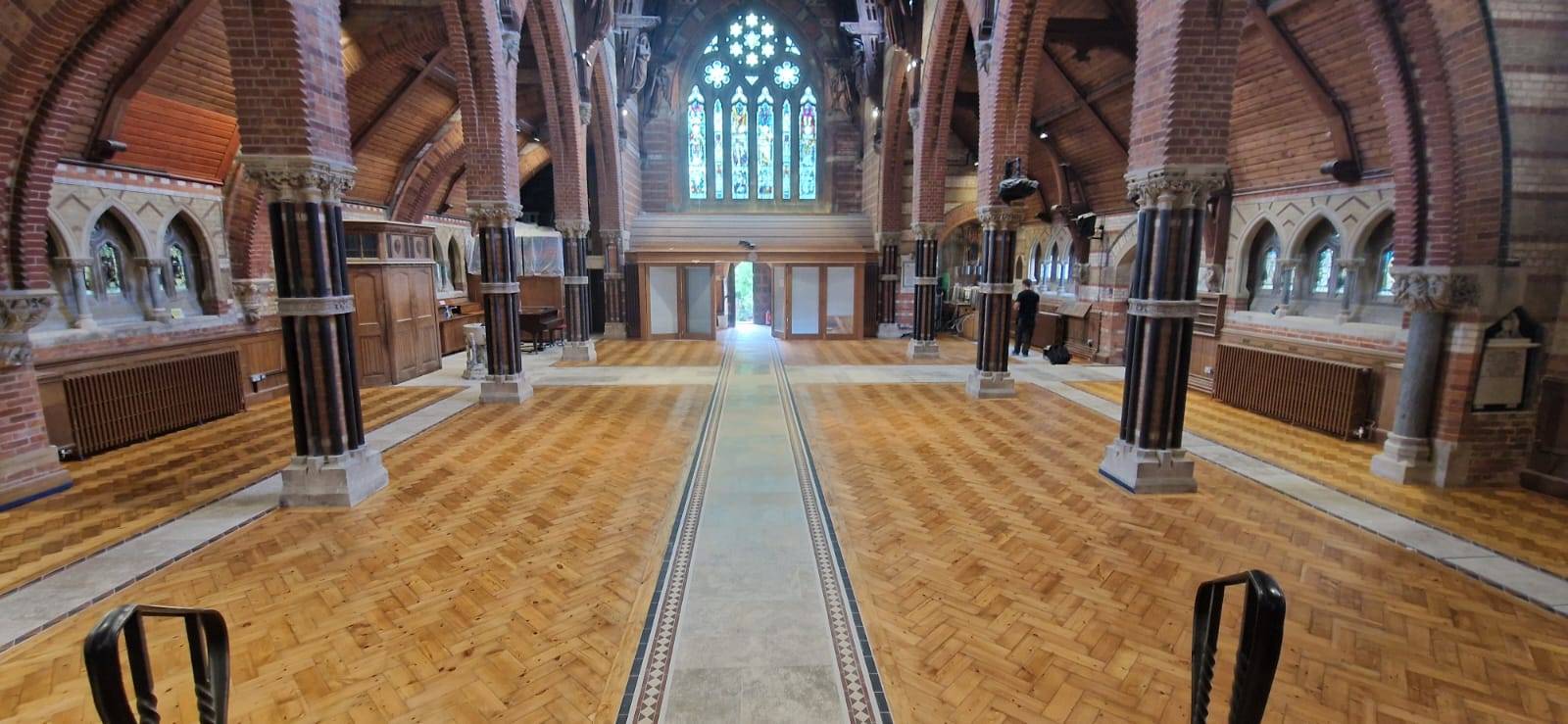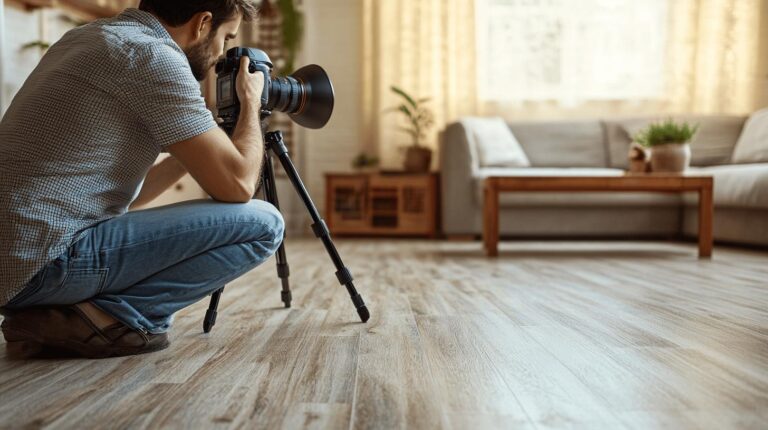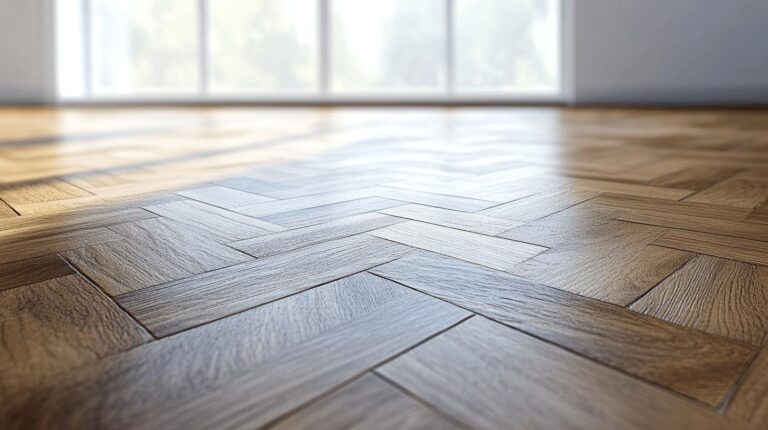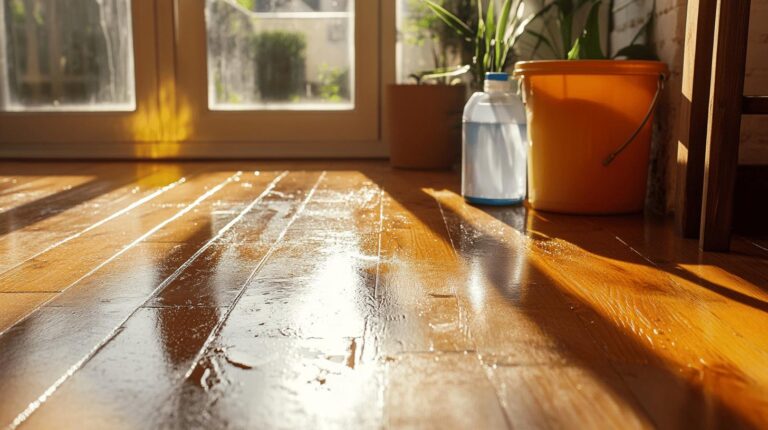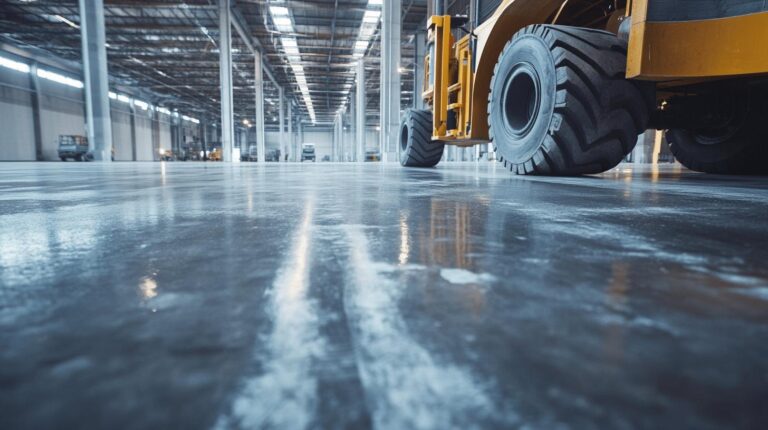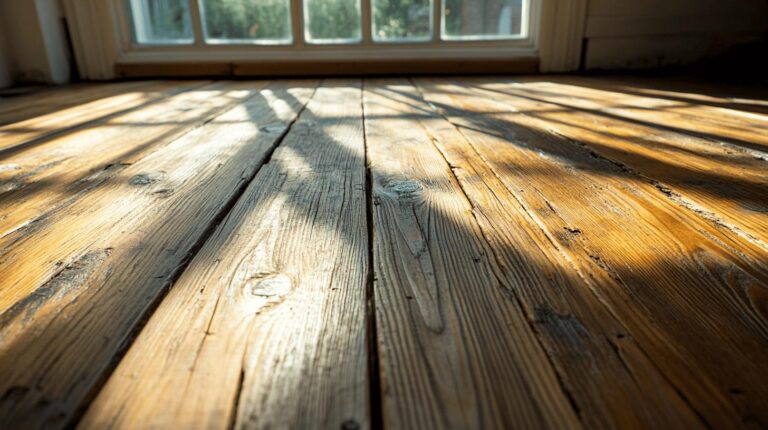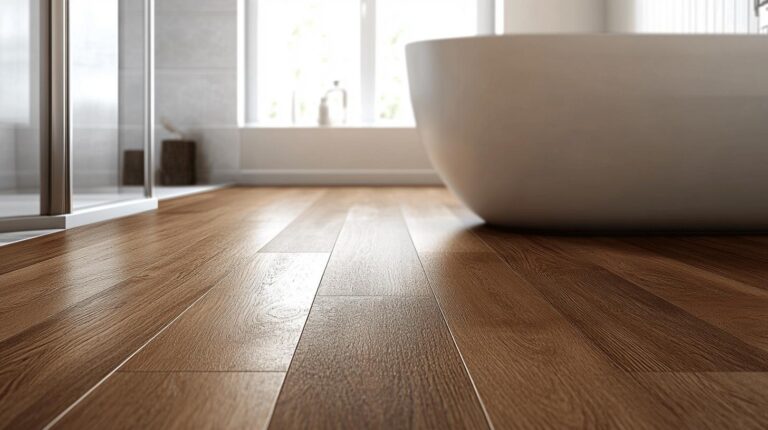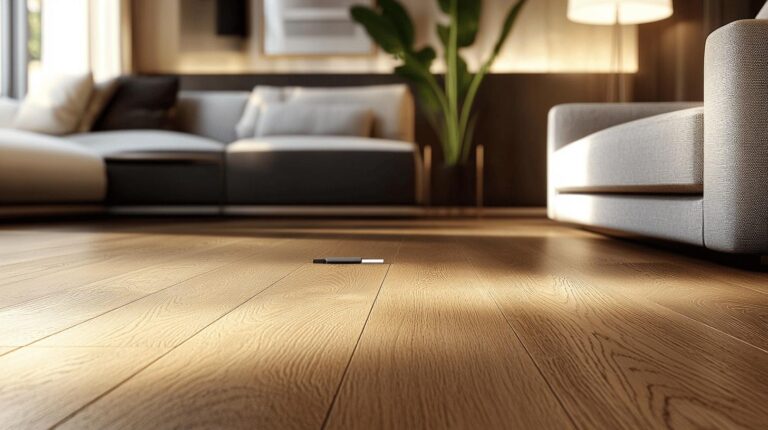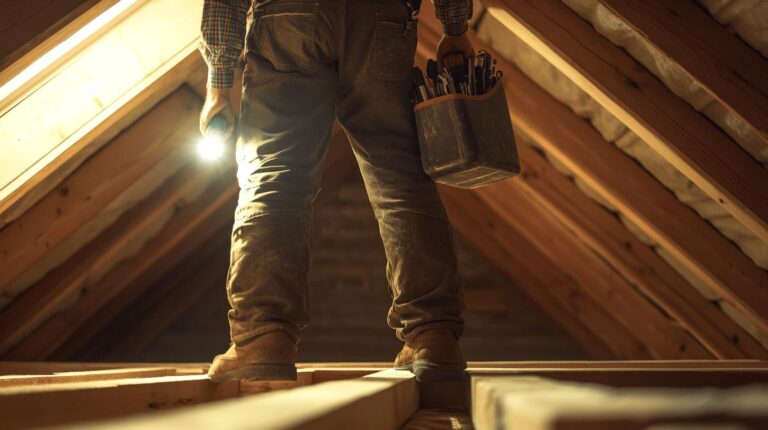In the world of heritage properties, can the essence of history truly be preserved without attention to detail? Wood floor restoration plays a pivotal role in maintaining the historical integrity of these treasured architectural wonders. Ensuring that the original character and patina of wooden floors are preserved is no small feat. This delicate balance of conservation and innovation requires expertise to respect the past while securing the future. As more understand the profound impact of floor restoration, its significance in safeguarding our cultural heritage becomes unmistakably clear.
Understanding the Importance of Wood Floor Restoration in Heritage Properties
Wood floor restoration plays a critical role in maintaining the architectural and historical integrity of heritage properties. A major challenge in this process is preserving the original character and patina of the floors, which are essential for maintaining authenticity. Over time, wear and tear can strip a floor of its historical charm, making careful restoration necessary to ensure these floors continue to tell the story of the building’s past.
The compatibility of new additions and alterations with existing historic features is vital for preserving the historical integrity of heritage properties. When replacing damaged sections, it is crucial to match the original materials, colours, and finishes to achieve seamless integration. This approach not only maintains the visual harmony of the space but also ensures that the unique architectural significance of the property is respected and preserved for future generations.
During restoration, certain key features should be the primary focus to uphold the property’s historical value:
- Material Matching: Use original or reclaimed materials that align with the property’s historical period.
- Patina Preservation: Retain the natural ageing and wear that contribute to the floor’s unique character.
- Craftsmanship Consistency: Employ traditional craftsmanship techniques to ensure authenticity in repairs and finishes.
By addressing these aspects, wood floor restoration can effectively preserve the distinctiveness and historical significance of heritage properties.
Techniques and Best Practices in Wood Floor Restoration
Advanced dust-free sanding techniques are pivotal in wood floor restoration, ensuring both efficiency and minimal disruption. The use of Lagler machinery exemplifies how modern technology can improve traditional restoration methods. Dust-free sanding not only enhances the air quality during the process but also results in a cleaner and finer finish on the wood surface. This technique is particularly beneficial in heritage properties where preserving the surrounding environment is crucial.
Traditional repair methods play an essential role in maintaining the historical integrity of floors in heritage properties. Patching and reinforcing existing structures using materials and techniques that match the original style is vital. These methods ensure that repairs are seamless and do not detract from the floor’s historical authenticity. By employing these traditional techniques, restorers can maintain the craftsmanship that defines the property’s original aesthetic.
The process of wood floor restoration involves several critical steps to ensure durability and aesthetic quality. Initially, sanding is performed to remove the old finish and smooth out imperfections. Next, gaps and damages are filled using appropriate materials that blend with the original wood. Finally, a protective lacquer is applied to enhance the floor’s appearance and provide long-lasting protection against wear and tear. Each step requires precision and attention to detail to achieve the desired results while preserving the floor’s unique character.
Key traditional craftsmanship practices to follow during wood floor restoration include:
- Hand-scraping: Utilising hand tools to remove old finishes without damaging the wood.
- Custom staining: Matching the colour of new repairs to the original wood.
- Inlay work: Restoring or replicating intricate designs within the floor.
- Joint reinforcement: Strengthening the structural integrity of the floor using traditional methods.
- French polishing: Applying a high-gloss finish using shellac for an authentic period appearance.
By adhering to these practices, restorers can ensure that the heritage property’s floors are not only beautiful but also remain true to their historical essence.
Impact of Wood Floor Restoration on Heritage Property Value
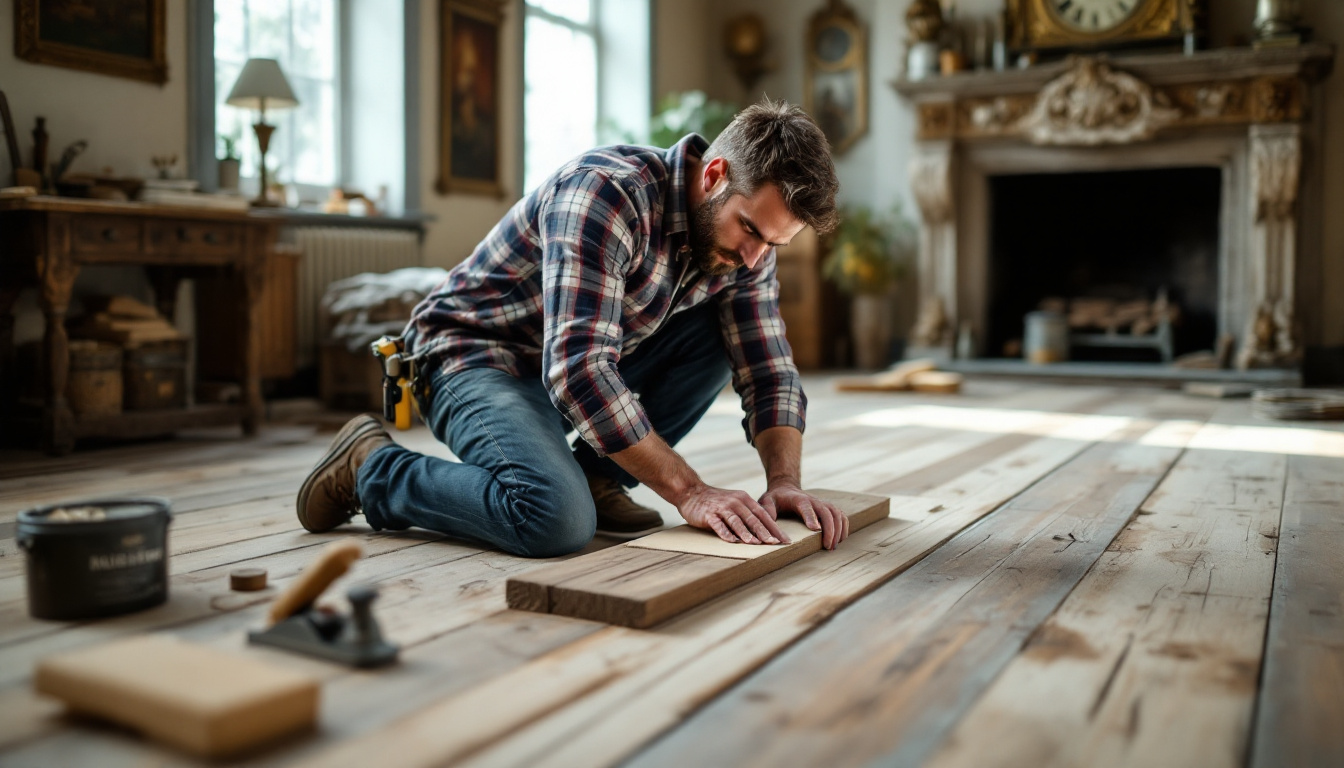
Wood floor restoration significantly enhances the value of heritage properties, both aesthetically and financially. What are the aesthetic benefits of restoring original wooden floors? The restoration process rejuvenates the natural beauty and charm of the floors, which are often core elements of a property’s character. When done correctly, it accentuates the historical features and craftsmanship, making the property more visually appealing and maintaining its authentic atmosphere.
How does restoration impact property value financially? Restoring original wooden floors in heritage properties increases their market value. Buyers and investors are often willing to pay a premium for properties that retain their historical authenticity and character. This is particularly true in commercial spaces, such as the Crichton Central in Dumfries, where restored floors have added both aesthetic and financial value. The careful preservation of these elements ensures that the property stands out in the marketplace. By focusing on these key aspects, wood floor restoration not only preserves the historical integrity of a property but also contributes to its overall value and desirability in an increasingly competitive real estate market.
Case Study: Successful Wood Floor Restoration in Heritage Properties
The Restoration Process
In a notable case study, the restoration of a Victorian-era ballroom demonstrated the effectiveness of traditional techniques combined with modern advancements in wood floor restoration. The project commenced with the meticulous task of filling nail holes and replacing damaged floorboards to ensure a seamless match with the original oak. This attention to detail was crucial for maintaining the historical authenticity of the space.
Advanced sanding techniques were employed throughout the restoration process. Dust-free sanding technology not only protected the surrounding environment but also ensured a flawless finish on the restored floorboards. This method effectively prepared the surface for the subsequent application of finishing products, enhancing the wood’s natural beauty and durability. The process concluded with several coats of a hard-wearing lacquer, providing a robust protective layer suitable for the ballroom’s high-traffic demands.
Outcomes and Benefits
The restoration project achieved significant structural improvements and aesthetic enhancements, positioning the ballroom as a prime example of successful preservation efforts. The precise craftsmanship involved in the repairs and finishing ensured that the original character and charm of the wooden floors were preserved, thereby maintaining the historical atmosphere of the property.
One of the most notable benefits of this restoration was the increased property value. By preserving the historical integrity of the flooring, the property not only retained its appeal to heritage-conscious buyers but also attracted a wider audience interested in authentic period features. This restoration underscored the value of combining traditional craftsmanship with modern techniques, ultimately enhancing both the aesthetic and financial aspects of heritage properties.
Guidelines for Planning a Wood Floor Restoration Project
Effective planning is crucial when embarking on a wood floor restoration project in heritage properties. How important is the assessment and planning stage? The assessment and planning stage is essential, as it lays the foundation for a successful restoration by identifying the specific needs and historical features of the property. This phase involves a comprehensive evaluation of the floor’s condition and requires collaboration with conservation experts who can provide valuable insights into preserving the property’s historic integrity.
Why is it important to collaborate with experts? Expert collaboration is vital to ensure that the restoration aligns with conservation standards and best practices. Conservation specialists offer guidance on appropriate materials and techniques, helping to maintain the authenticity and architectural significance of the floor. Their expertise is indispensable in making informed decisions throughout the restoration process.
Selecting a skilled contractor is another critical component. The right contractor possesses the precision and expertise necessary to execute the restoration meticulously, respecting the property’s historical context. Contractors with experience in heritage properties understand the nuances involved in maintaining the original character while implementing modern restoration techniques.
Here are essential steps to follow when planning a wood floor restoration project:
- Conduct a thorough assessment: Evaluate the floor’s condition and identify areas requiring attention.
- Engage conservation experts: Collaborate with specialists to ensure adherence to conservation guidelines.
- Select a skilled contractor: Choose a contractor with experience in heritage properties and a commitment to quality.
- Develop a detailed plan: Outline the restoration process, including timelines, materials, and techniques to be used.
By adhering to these guidelines, property owners can ensure a successful restoration that preserves the historical value and enhances the beauty of their heritage floors.
Final Words
Exploring the significance of wood floor restoration in heritage properties highlights the crucial role of preserving historical integrity and architectural significance. Balancing the original character with necessary updates requires skill and attention to detail. Techniques such as advanced sanding and traditional craftsmanship ensure that historical properties retain their unique aesthetic and financial value.
Case studies illustrate how meticulous restoration practices bring new life to antique floors, boosting both property appeal and value. The Role of Wood Floor Restoration in Preserving Heritage Properties lies in careful planning and specialist involvement to achieve high standards of craftsmanship and outcome. With the right approach, restored floors enhance both the longevity and allure of historical sites.
FAQ
What is the importance of wood floor restoration in heritage properties?
Restoring wood floors in heritage properties is crucial to preserve the original character and patina. It maintains architectural significance and ensures new additions are compatible with historical features, preserving the property’s historical integrity.
What are the challenges in restoring wood floors in historic properties?
Challenges include maintaining the original character and patina and ensuring any new additions or alterations are compatible with the property’s historical integrity to preserve its authenticity.
What techniques are best for wood floor restoration?
Effective restoration includes advanced dust-free floor sanding, traditional patching and reinforcing techniques, and applying protective lacquer. Traditional craftsmanship practices maintain historical accuracy and quality.
How does wood floor restoration impact heritage property value?
Wood floor restoration enhances both the aesthetic appeal and financial value of heritage properties. It underscores the importance of preserving historical features, leading to significant property value enhancement.
Why is a case study important in wood floor restoration?
A case study like the Victorian-era ballroom showcases successful practices, demonstrating meticulous repair processes and traditional techniques while highlighting structural improvements, aesthetic enhancements, and increased property value.
What are the guidelines for planning a wood floor restoration project?
Essential steps include performing a thorough assessment, collaborating with conservation experts, choosing a skilled contractor, and detailed planning. These steps ensure precision, expertise, and successful project outcomes.
